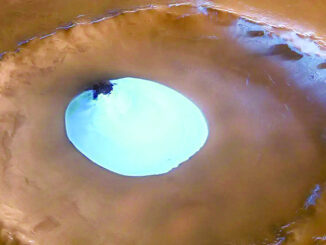
WASHINGTON (TIP): A giant radio telescope in Chile has received the last piece of its 66-antenna array, marking the beginning of a new era of discoveries in deep space. The final antenna for the Atacama Large Millimetre/submillimetre Array (ALMA) project has just been handed over to the ALMA Observatory by the European AEM Consortium, which also marks the successful delivery of a total of 25 European antennas, 25 North American antennas and 16 Japanese antennas. By the end of 2013, all 66 ultra-precise millimetre/submillimetre wave radio antennas are expected to be working together as one telescope, in an array that will stretch for up to 16 kilometres across the Chajnantor plateau in the Atacama Desert of northern Chile, ALMA said. This delivery of the last antenna completes the ALMA antenna construction phase and provides all 66 antennas for science use, marking the beginning of a new era of discoveries in astronomy. “This is an important milestone for the ALMA observatory since it enables astronomers in Europe and elsewhere to use the complete ALMA telescope, with its full sensitivity and collecting area,” said Wolfgang Wild, the European ALMA project manager in a statement. ALMA helps astronomers answer important questions about our cosmic origins. The telescope observes the Universe using light with millimetre and submillimetre wavelengths, between infrared light and radio waves in the electromagnetic spectrum.




Be the first to comment